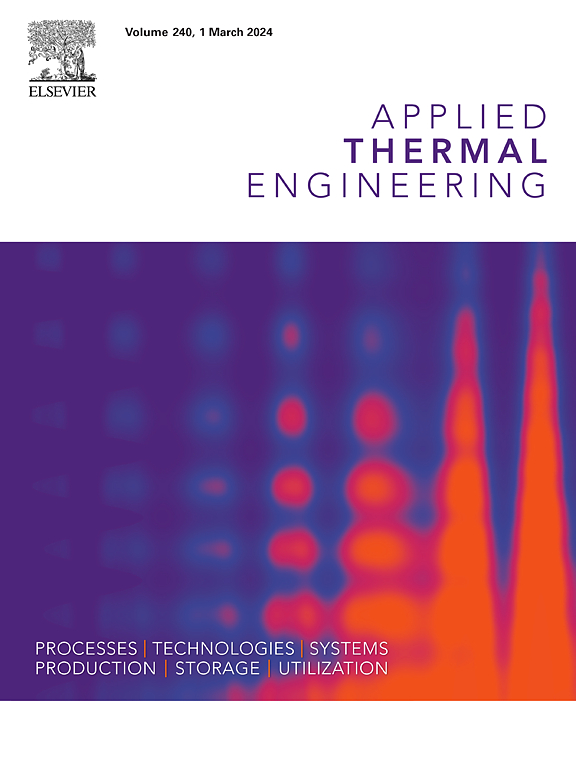A radiative heat network method for accurate indoor radiant field and thermal comfort evaluation
IF 6.1
2区 工程技术
Q2 ENERGY & FUELS
引用次数: 0
Abstract
Solar radiation entering the interior through windows has a significant impact on the indoor radiation environment. Previous studies have proposed models to quantify the effects of direct solar radiation on the radiation environment and human thermal comfort. However, little attention has been given to the additional long-wave radiation effects generated by sunlight-heated wall surfaces. To address this gap, this study developed a radiative heat network model combined with a one-dimensional finite volume method. By dividing walls into multiple surface units, the model enhances resolution, improves the ability to capture localized heating effects from solar radiation, and significantly increases the accuracy of wall temperature distribution calculations. Model validation shows that the surface temperature error is less than 0.32 °C, and the ΔMRT error induced by solar radiation is below 1.9 °C. The results indicate that under high-resolution conditions, wall temperatures can increase by up to 16.6 °C, resulting in localized MRT and SMRT increases of 7.3 °C and 8.8 °C, respectively. Based on this model, the study further explored the combined effects of thermochromic and Low-E glass on regulating radiation environments. The results demonstrate that this combination effectively reduces summer cooling energy consumption by 57.8 %, increases thermal comfort probabilities by 4 %, and significantly improves the uniformity of indoor thermal comfort distribution. This work provides foundational technical support for the evaluation and design of indoor thermal environments.
求助全文
约1分钟内获得全文
求助全文
来源期刊

Applied Thermal Engineering
工程技术-工程:机械
CiteScore
11.30
自引率
15.60%
发文量
1474
审稿时长
57 days
期刊介绍:
Applied Thermal Engineering disseminates novel research related to the design, development and demonstration of components, devices, equipment, technologies and systems involving thermal processes for the production, storage, utilization and conservation of energy, with a focus on engineering application.
The journal publishes high-quality and high-impact Original Research Articles, Review Articles, Short Communications and Letters to the Editor on cutting-edge innovations in research, and recent advances or issues of interest to the thermal engineering community.
 求助内容:
求助内容: 应助结果提醒方式:
应助结果提醒方式:


